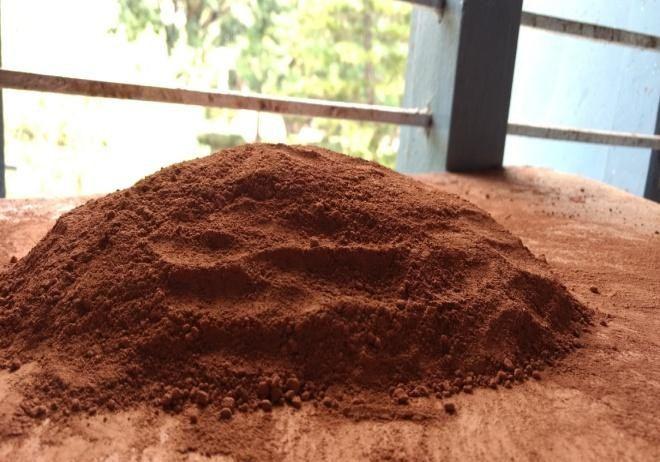
1 minute read
Specific gravity 3.10 3.15
from Suitability and Utilization of Neutralized Red Mud and Hydrated Lime as a Partial Replacement
by IJRASET
6 Soundness (mm)
7 Fineness of Cement 1.00
Advertisement
5.5% 10
10% As Per IS 269-1976
2) Coarse Aggregates: The coarse aggregate used were a mixture of two locally available crushed stone of 20 mm and 10 mm size in 70:30 proportion. Coarse aggregate of maximum size 20mm and minimum 10 mm is used throughout the concrete. The specific gravity of coarse aggregate is 3.09. 3) Fine Aggregates: Fine aggregate is used in this experimental study for concrete is river sand conforming to zone- II. The specific gravity of fine aggregates 2.65. 4) Red Mud: The conventional method of disposal of red mud in ponds has often adverse environmental impacts as during monsoons, the waste may be carried by run-off to the surface water courses and as a result of leaching may cause contamination of ground water: Further disposal of large quantities of Red mud dumped, poses increasing problems of storage occupying a lot of space. Over the years, many attempts have been made to find a use for red mud, in this paper the attempt is made to check the effectiveness of red mud at 5% 10%, 15%, 20%, 25% over Portland cement by partial replacement of cement in concrete.
Generally Fineness of red mud is varies in between 1000-3000 cm2/gm. We collected red mud from BALCO, Korba,
Chhattisgarh (INDIA).In our study we have taken red mud passing through 300 micron I.S. Sieve.
Its PH is varies in between 10.5 to 12.5 hence alkaline in nature.
Fig Image of Red Mud procured from Balco, Korba
S.No. Table Chemical Composition of Red Mud
COMPOUND 1. Al2O3 2. SiO2 3. Fe2O3 4. TiO2 5. CaO 6. V2O5 7. MgO 8. ZnO 9. Na2O 10. P2O5 11. MnO 12. K2O 13. L.O.I WEIGHT[%]
14.14 11.53 48.50 5.42 3.96 0.116 0.049 0.027 7.50 0.297 0.17 0.058 7.25
5) Water: Water used for mixing and curing was clean and free from injurious amounts of oils, acids, alkalis, salts and sugar, organic substances that may be deleterious to concrete. As per IS 456- 2000 Potable water is generally considered satisfactory for mixing and curing of concrete. Accordingly, potable tap water was used for the preparation of all concrete specimens.



